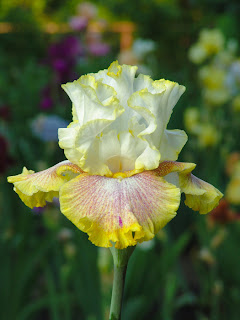It is curious fact that all bindweed platns twine around their supporting plant in the same direction - antilockwise - which ever way they start off. The Greater Bindweed, or Hedge Convolvulus, is a hedge plant found abundantly throughout England and Scotland. Despite the beuaty of its flowers, bindweed is regarded as pest by both the farmer and the gardener. Its roots are long and form a dense mass that exhausts the soil. Its twining stems extend in masses over all other all other nearby platns, consequently strangling them.
See More Facts : Facts File About Plants







